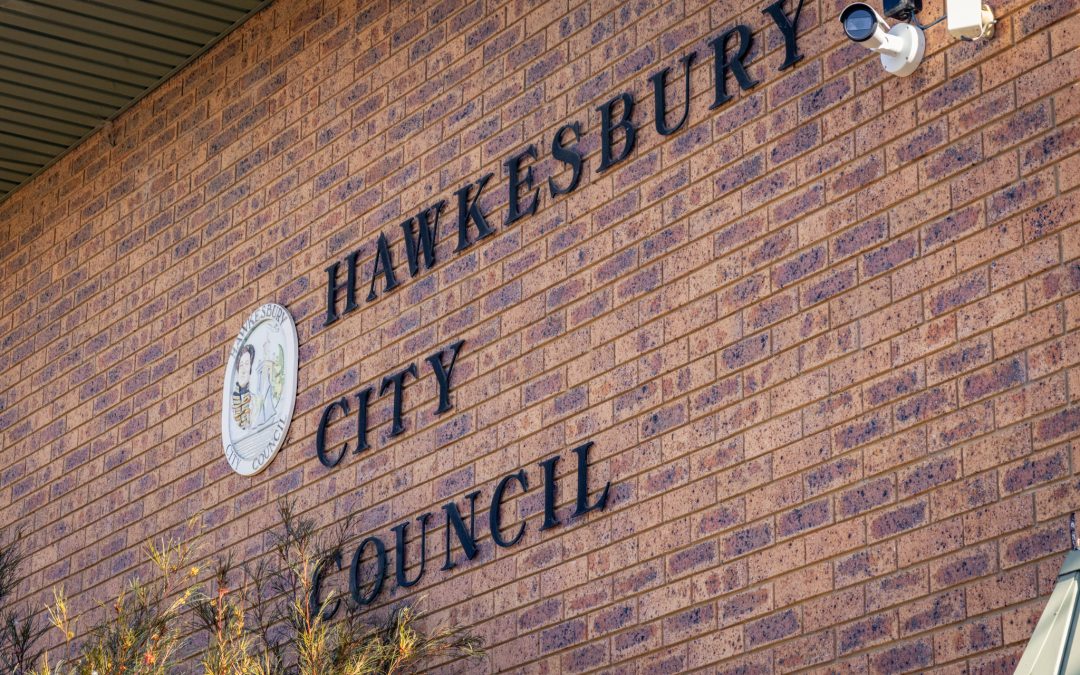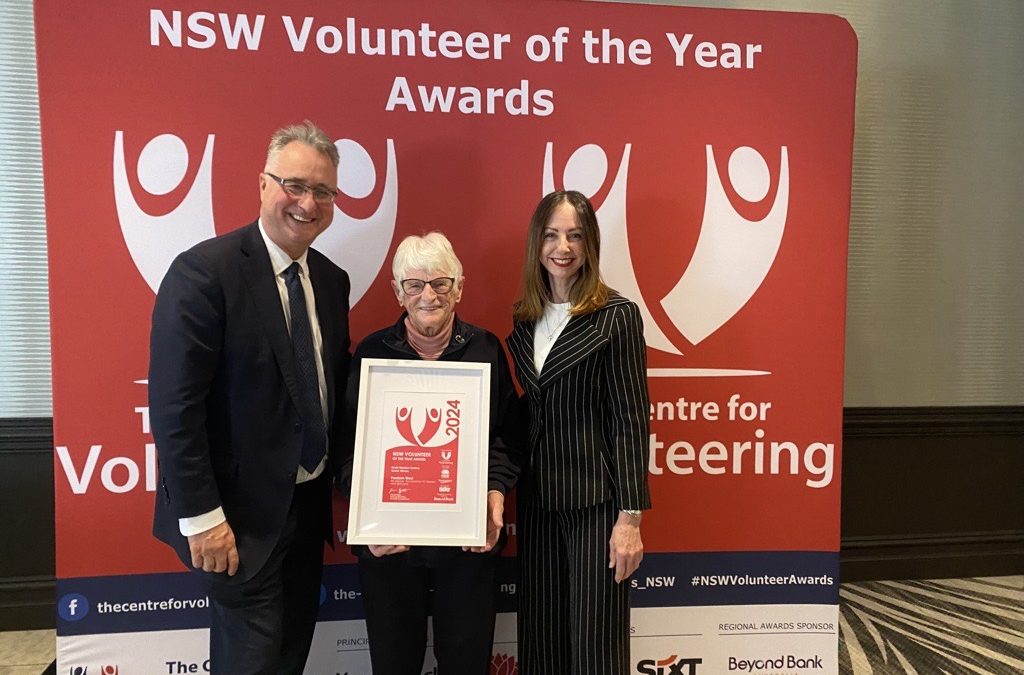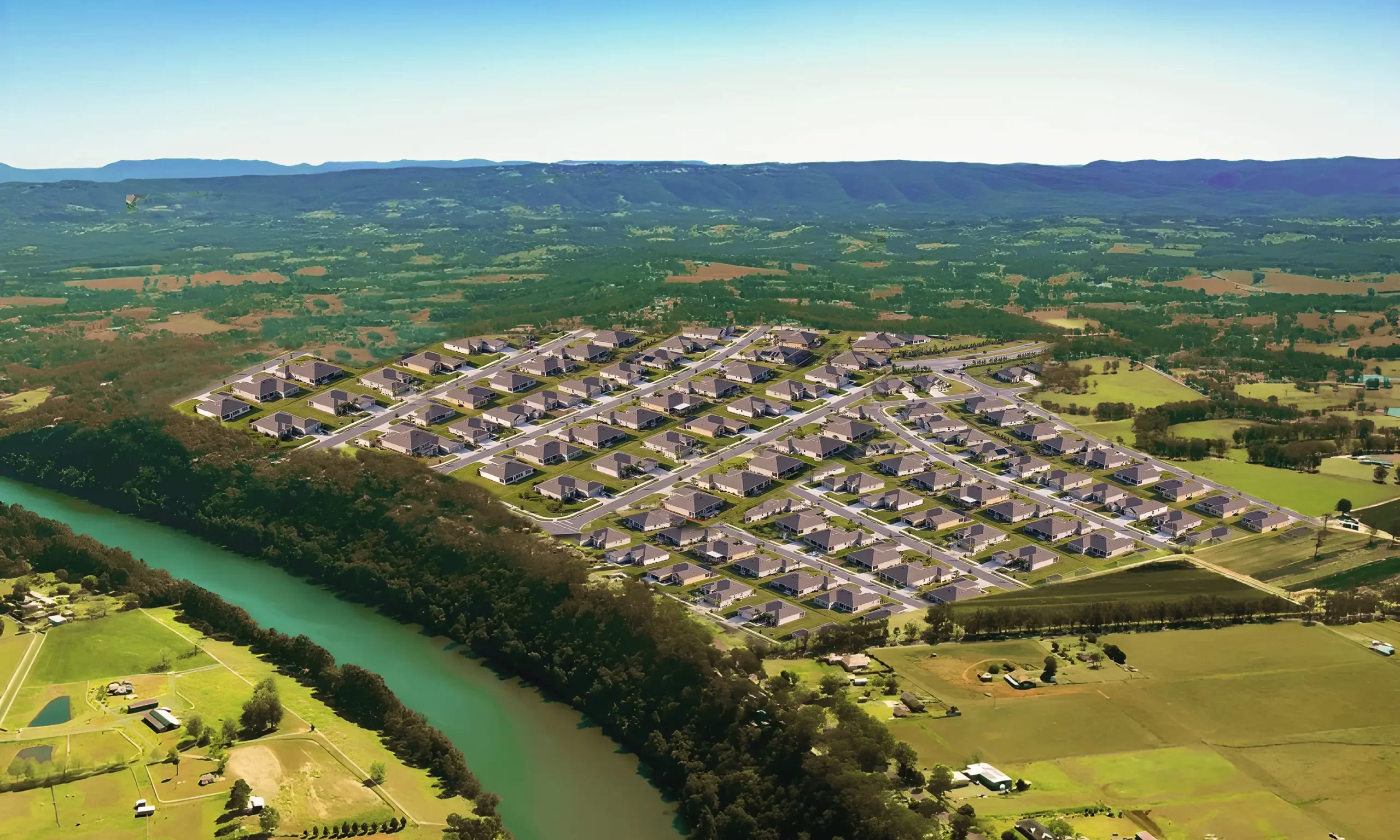Hawkesbury Post contacted all...


Hawkesbury Post contacted all...

In a heartwarming recognition of community...

After more than two decades of dedicated service, the...
An unprecedented surge in development west of the Hawkesbury River could potentially see more than 7,000 new dwellings mushrooming in coming years, transforming one of the last semi-rural areas in the Sydney basin into suburban outposts.
Documents seen by the Hawkesbury Post reveal ambitious plans by property developers to construct housing estates spanning more than 1,500 acres of land in North Richmond, Glossodia, Freemans Reach, and Grose Wold. All of these proposed developments, except for a Redbank extension, currently fall under the Primary Production zoning.
In May, the Planning Panel, the body responsible for green-lighting or rejecting new developments, rejected one such proposal: Belmont Park at 61 Grose River Road, Grose Wold. The picturesque horse stud, emblematic of the area’s rural charm, faced the axe, although developers are expected to return with a revised plan to address concerns and push through the development.
Another project awaiting the Panel’s verdict is the extension of Redbank, with a boundary adjustment related to the 180-hectare development at 61 Yobarnie Road, North Richmond. Numerous other significant developments by other developers are poised to seek approval, potentially ushering thousands more residents west of the Hawkesbury River.
Already underway, Jacaranda Ponds in Glossodia sees the sale of 580 lots by Celestino Developments, a prominent Western Sydney property developer. Adjacent to this, the Grasslands Stud, acquired by Celestino’s owner John Camilleri in 2011, lies dormant, signalling the area’s earmarked transition into a future suburb.
Perhaps the most significant development on the horizon, yet to face Council scrutiny, is Hambledon Park, the former Peel Dairy, purchased for $60 million in 2021 by Celestino. Envisaged as a potential new Sydney suburb, Hambledon Park holds approval for a small rural subdivision of 25 lots, with estimates suggesting up to 5,000 smaller lots could be carved out.
“Hambledon Park will one day be a new suburb of Sydney,” Cushman & Wakefield selling agent Anthony Bray said at the time of the sale.

Hambledon Park, the former Peel Diary, holds approval for a small rural subdivision of 25 lots, with estimates suggesting up to 5000 smaller lots could be carved out. Artist’s Impression
Several developments are underway in Kurrajong, with two managed by Hawkesbury Mayor Sarah McMahon’s domestic partner, Matthew Bennett.
Despite protestations from Cr McMahon that no new development should take place until the area has more connectivity to the other side of the river, it seems that the only partly scoped, and possibly not fully funded, plans for a second bridge at Richmond are enough.
However, residents are increasingly concerned that Hawkesbury is becoming yet another suburban outpost of Sydney plagued by inadequate public transport, lengthy commutes, diminishing farmland, environmental degradation, destruction of wildlife habitat, and erosion of the region’s rural character.
Infrastructure deficiencies exacerbate the situation, with scant amenities and no critical health facilities west of the river. This is compounded by vulnerability to natural disasters like floods, which can sever connectivity and isolate communities for hours or days.
Critics argue that the rush towards development lacks any foresight, with insufficient provision for essential infrastructure to support burgeoning populations. While developers occasionally contribute to infrastructure upgrades, the promised amenities often lag, leaving residents with inadequate services for years after the development. It’s now more than a decade since Redbank’s developers set aside funds for the Grose River Bridge, a project whose date continues to be pushed out and now appears unlikely until at least the next decade.
“In terms of the deficit in infrastructure, amenities and utilities such as water and sewer, it is archaic that multiple places on the western side of the river still rely on carted water and sullage, being pumped out weekly”, Hawkesbury City Councillor Mary Lyons-Buckett says.
“This comes at a great cost to these residents, and before additional housing is developed west of the river, there should be reasonable solutions put into place to address this. It’s 2024, and the fact that trucks have to pump out poo is symbolic of poor planning decisions years ago, and ones which we should never repeat.”
The push for urban expansion also raises questions about affordability and accessibility to employment, with commuting becoming financially burdensome and detrimental to residents’ well-being and community engagement.
“There’s this really invidious idea that if you take that development, then you get the infrastructure to cope with the development,” Greens Councillor Danielle Wheeler says. “When we know that that never happens, or if it does happen, it happens ten years later. And that’s too late for the people who are already living here. And it’s too late for people who are buying there as well. They have been sold a dummy.”
Cr Wheeler also raised the issue that these developments ignore the need for more affordable housing close to work.
“Where will these people work?” she asks. “They’ll be on the road, driving out of the Hawkesbury every day which adds hours of commuting each day. That’s really expensive, but it’s also really bad for your health. You have no time with your family, you have no time to exercise, no time to cook or shop. So you don’t have time to act as a member of the local community either. So in that regard, it’s bad for the Hawkesbury as well.”
Former Liberal, now Independent Councillor Nathan Zamprogno, says the issue of future urban development in Hawkesbury would be a key issue in this September’s Council elections.
He cited the chamber delaying the adoption of the Local Environment Plan and the ramming through of the Rural Boundary Clearing Code (RPCC) as two issues where Council’s actions have favoured developers.
“Belmont Park is just the tip of the iceberg”, Zamprogno says. Huge tracts of land have been snapped up by other developers. I think voters are entitled to know about plans that could put 8000 more houses on the other side of the river without demanding key infrastructure first.”